If your furnace is beginning to show signs that it's struggling to keep up with maintaining a comfortable temperature, you'd be well advised to keep a close eye on it. Many small problems can be nipped in the bud before they grow into expensive service calls. You may even save yourself the agony of replacing the furnace when temperatures are at their worst! Flip through this list for 13 unlucky signs that your furnace is failing.
13 Silent Signs Your Furnace Needs Repair
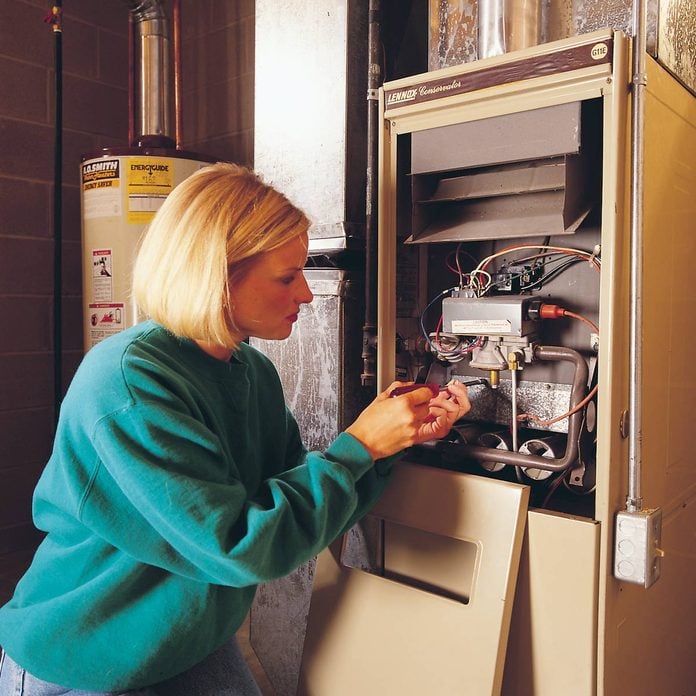
Start and Stop
If your furnace is cycling on and off, it’s because something in the system is causing it to cut off before it can complete a full heating cycle. Unfortunately, it’s also a good example of those frustrating indicators that could mean many things; repeated cycling could be a sign that the fan motor is dying, or it might simply mean that the heat sensor needs to be cleaned.
Understand which repairs you can do on your own and which require a pro with this article: Three Easy Furnace Repairs… and Two to Avoid.
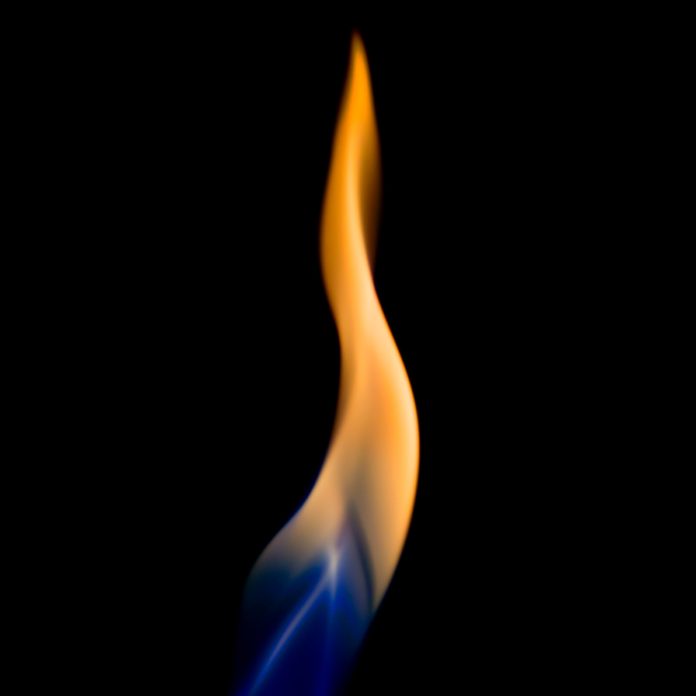
Burner Flame Color
Next time you open up your natural-gas powered furnace, take a glance at the flame as it fires up. (Some models have peepholes to allow you to check the status of the flame without opening the service door.)
If the flame is yellow, the cause is often a dirty burner, and the color indicates that the gas isn’t burning off completely. That in turn means your furnace isn’t heating to its potential, and that the carbon monoxide (CO) produced by your furnace may not be vented properly. Make sure to monitor your home’s CO level by installing a carbon monoxide detector and testing it regularly.
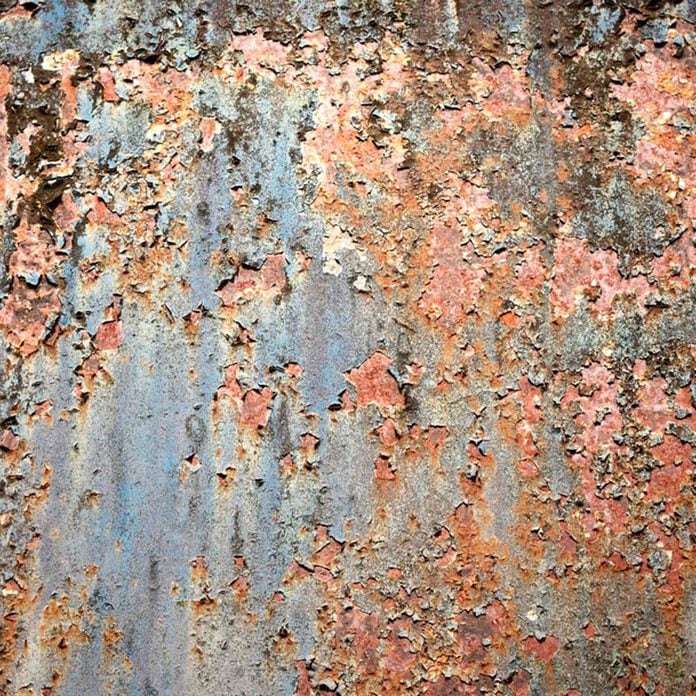
Rusted Flue
Another potential sign of improperly vented CO is a rusted flue. If a leak from the roof or plumbing lines is causing rust and corrosion on your flue lines, it’s more than just unattractive. Gas furnaces produce dangerous levels of carbon monoxide, and they depend on the flue system to vent that gas byproduct outdoors. If your flue lines rust through, the CO that they should be venting can escape back into your home.
The effective venting of CO can also help your furnace burn more efficiently, meaning that flue maintenance is one way to help your furnace live a longer life.
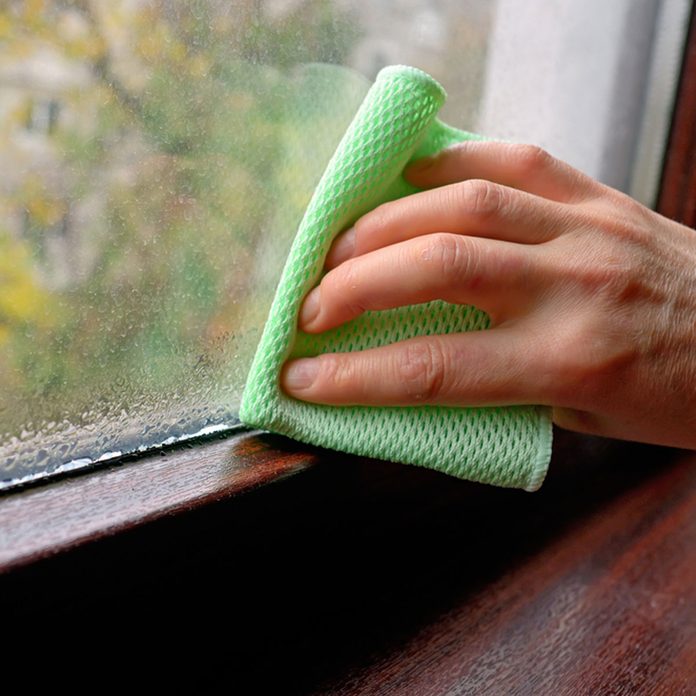
Moisture Buildup
If you notice that some rooms in your home have moisture either on the ceilings, walls or windows, that could be a sign that there isn’t sufficient airflow through your home. Stagnant or damp air indicates that there could be a problem in the vents or in the furnace itself.
Pay attention to condensation, as it could be a sign of furnace problems. If you’re experiencing condensation on your windows, here’s how to get rid of it.
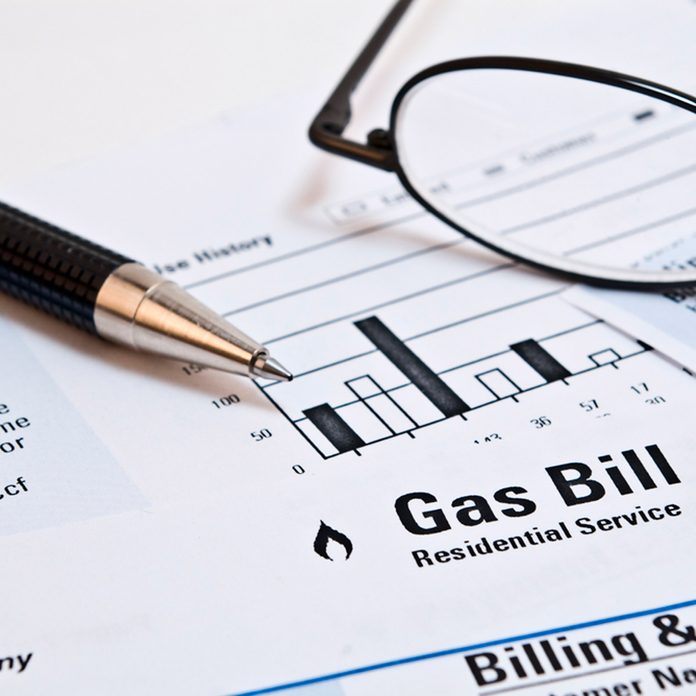
Spiking Utility Bills
There are many different issues that can cause your utility bills to rise. Excessively low temperatures can make your furnace work much harder than usual, but a furnace that’s struggling to get the job done even in moderate temperatures may have deeper problems. The first step is to check the furnace filter, as a dirty filter can obstruct your furnace’s airflow and make it work overtime in order to make even slight adjustments to the temperature. That’s rough on your furnace, and even rougher on your utility expenses. Luckily, Family Handyman has no shortage of tips to reduce your electric and other utility bills. Check them out here!
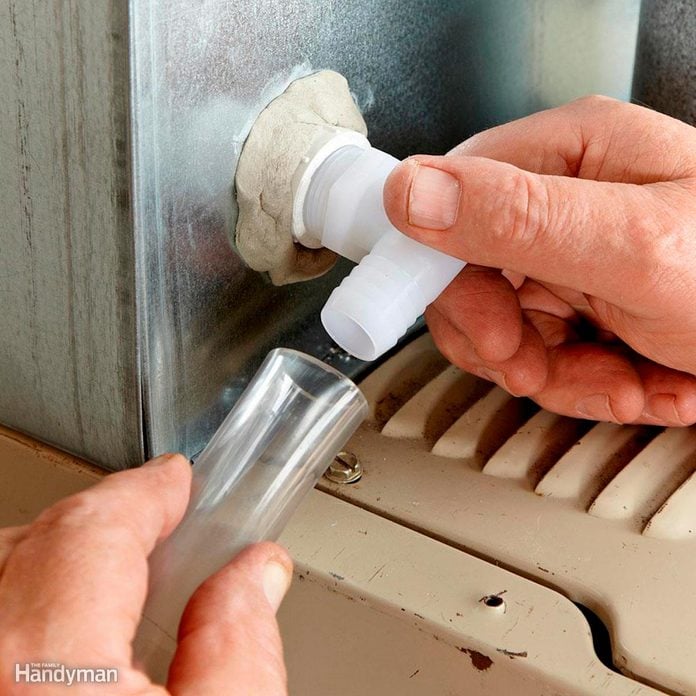
Water Leaks
It’s probably no surprise that if there’s a puddle of water around your furnace, it’s a sign of a problem. But what many homeowners don’t understand is that water is a natural byproduct of a gas furnace or air conditioner at work. Your first step should be to determine where the water is coming from. If you only see the leak when running your air conditioner, chances are that the water condensate line has a clog or a leak. If that’s the case, you have a relatively simple fix ahead of you. If the water is coming from the furnace itself, or if it is coming during the heating cycle, then there’s something more serious going on, and it may be time to call in a pro. If the issue is a condensate line clog, here’s one simple fix to try before calling in a pro: Pan Tablets.
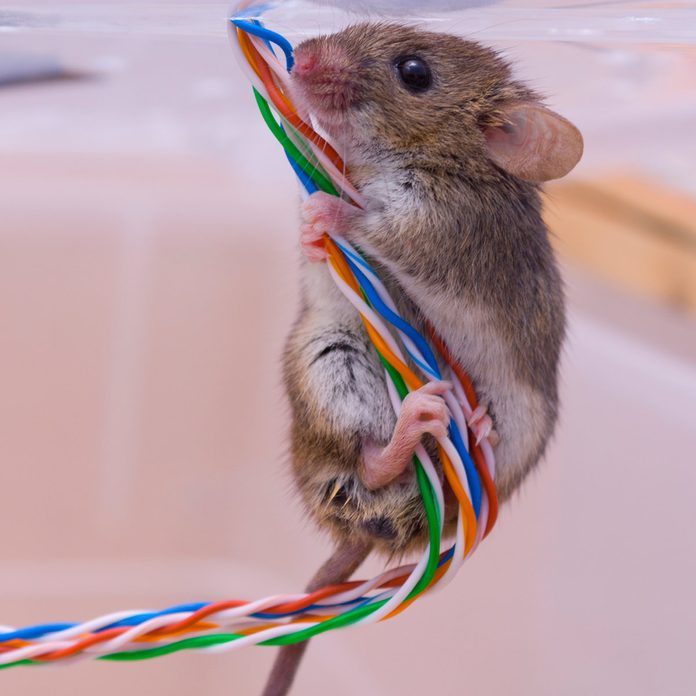
Animal Activity
Rodents such as mice, rats and squirrels can do a surprising amount of damage to your home’s mechanical systems. If you see signs such as nest material or animal droppings around your furnace, perform a full system examination and look for signs of chewed wires or clogs in the vents. The same goes for animal activity on the roof, especially around vent hoods.
Sometimes animal activity isn’t visible, but is evident to anyone with a nose. Here’s what to do if there’s a funky smell coming from your furnace.
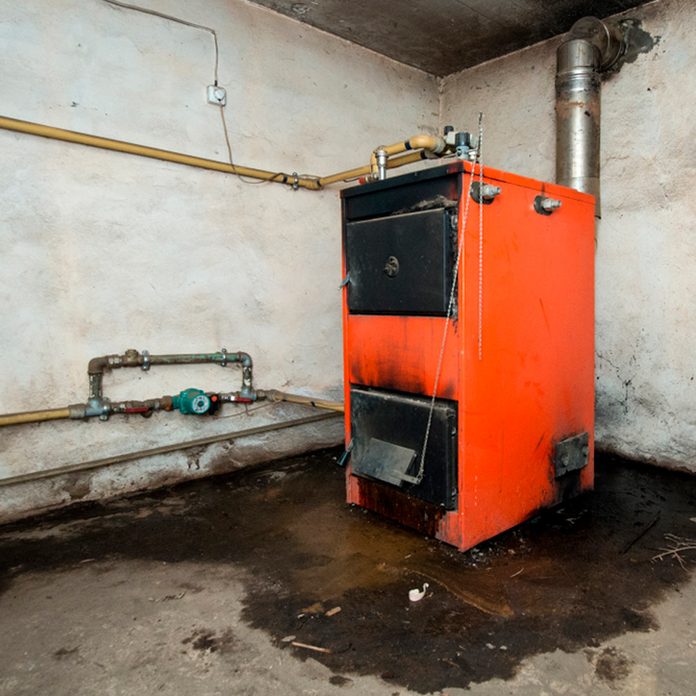
Old Age
Furnaces usually top out after around 20 years of service. If your furnace is old enough to drive, you may want to consider installing a new unit. The new furnace will be significantly more energy efficient, and replacing it on your own schedule is far less stressful than doing an emergency fix in the middle of winter. If you think it’s time to upgrade your furnace, here are a few things to consider, courtesy of HVAC pro, Dave Jones.
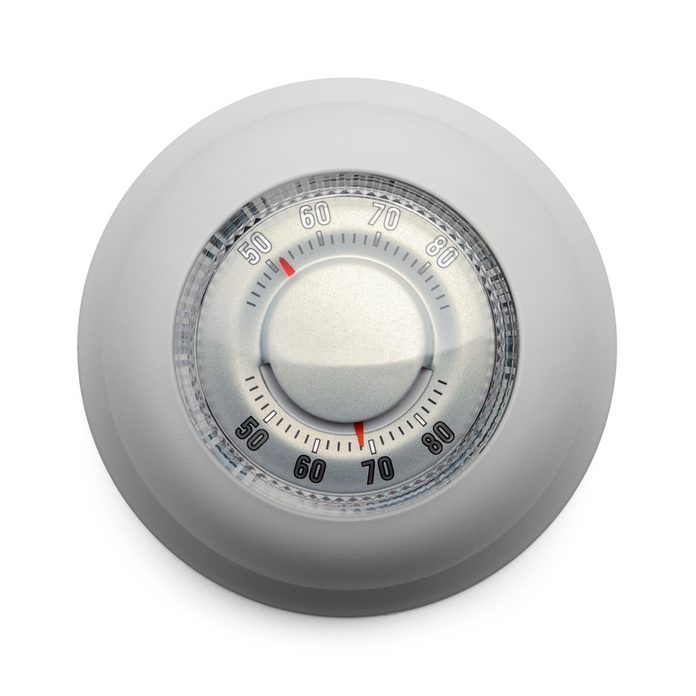
Constant Thermostat Tweaking
If you and your family find yourselves constantly adjusting the thermostat (whether it’s digital mechanical, like the one shown here, or a digital one) in search of a comfortable temperature, have a tech come out to inspect the furnace and the thermostat. It’s possible the thermostat is going bad, or that the furnace can no longer keep up with the demands of heating your home.
Family Handyman has lots of tips on how to deal with problem thermostats, including this one: How to Adjust a Mechanical Thermostat.
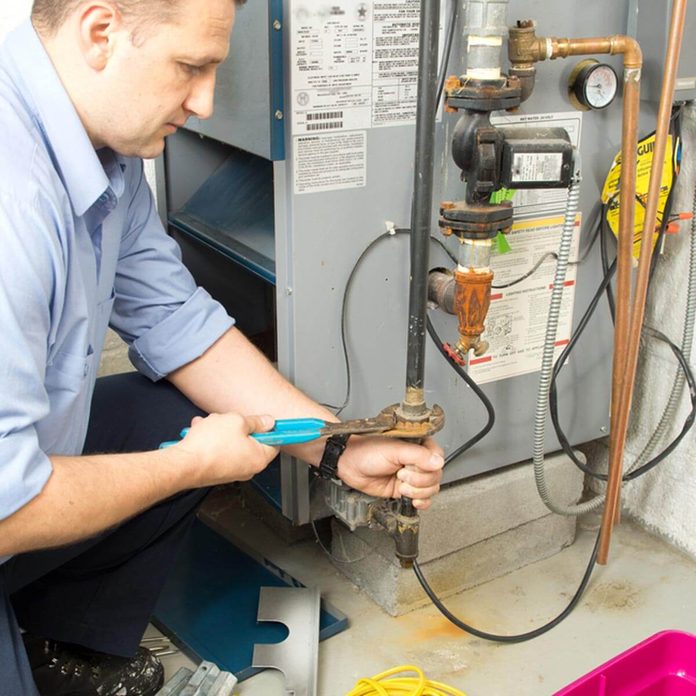
Repeat Service Calls
Every furnace will need to be serviced and maintained over the course of its life. But, recurring problems should be viewed as a potential sign of much bigger problems. If you have multiple service calls for your furnace in two years or less, it’s a good chance that there may be bigger issues in the future. Note that by “service calls”, we don’t mean regular preventive maintenance, such as the steps outlined in this list of fall furnace maintenance items.
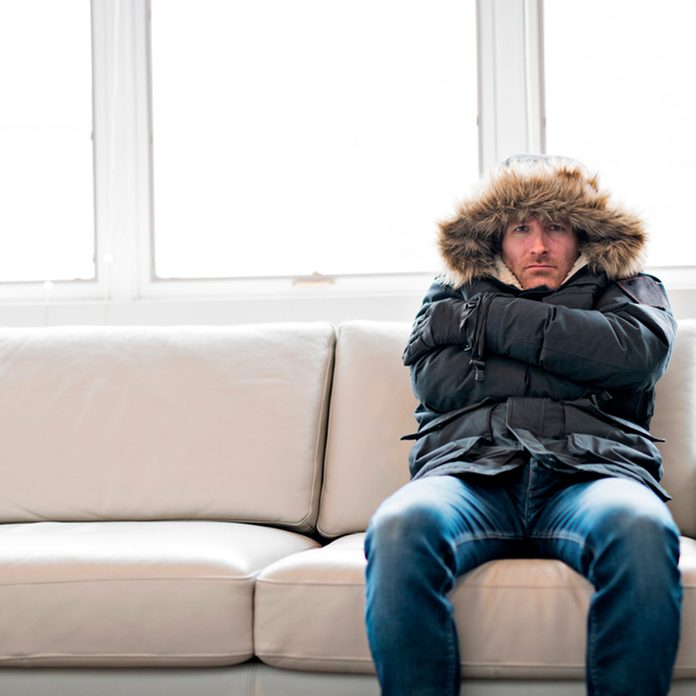
Cold Spots
If you’re noticing some rooms in your house are colder than others, it’s likely that your furnace is either not heating enough to keep your whole house warm or it isn’t able to maintain the push/pull of the vent system to circulate warm air. Here, find out why your furnace is blowing cold air.
Of course, not all cold spots are caused by problem furnaces. If you’re suffering from a cold room or two, here are other options to help you even out your home’s temperature.

Eerie Silences
We swear, this is also not a sign that your house is haunted!
In general, most furnaces make some noise during operation. But if your furnace cycle is accompanied by an increasing amount of shake, rattle, and roll, it could be a sign that some of the mechanical elements are coming lose. In that case, a tune-up is advisable. And if the sounds stop abruptly, creating especially noticeable periods of silence, your furnace may be giving you a warning that there are bigger problems lurking. If you’re hearing more odd sounds around your house, here’s how to eliminate them forever.

Seeing Ghosts
Okay, you may think that we’re having fun with this one, but we’re not! We’ve already mentioned the dangers of carbon monoxide in relation to other signs, but for lucky slide number thirteen, we’re going to tackle the very serious signs of CO poisoning directly.
Carbon monoxide is an insidious killer that can begin to announce its presence with a sense of unease, phantom noises and hallucinations. Historically, many cases of “haunted houses” have turned out to be cases of CO poisoning. (For a great explanation of this phenomena, listen to this episode of This American Life.) Other signs of carbon monoxide poisoning include nausea, headaches, dizziness, and flu-like symptoms. Luckily, this potentially deadly problem is easy to avoid: keep up on your home’s heating and cooling system maintenance and install a carbon monoxide detector. If you want to really give yourself the chills, check out this list of 50 things in your home that can kill you!



















